[ad_1]
Disclaimer: I am not a medical doctor and nothing in this article should be taken as medical advice. Please talk to your doctor before using any of the herbs and/or remedies mentioned in this article.
It might be surprising, but even if you have a very shady space, you can still grow lots of herbs with medicinal benefits. In fact, there are at least 17 medicinal herbs that grow well in the shade.
Want to save this post for later? Click Here to Pin It On Pinterest!
Here they are…
1. Anise Hyssop
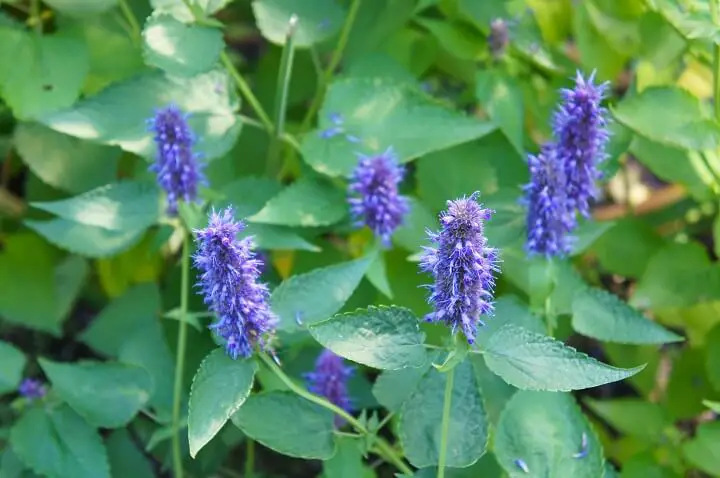
Although Anise hyssop plants only last about three years, they will self-seed easily, giving you plenty of new robust plants each year. To start these plants from seed, they must be cold stratified. You can either plant the tiny seeds in the garden in the fall to lie dormant for the winter or place them on top of damp soil and keep them in the refrigerator for about a month before germinating.
2. Black Cohosh
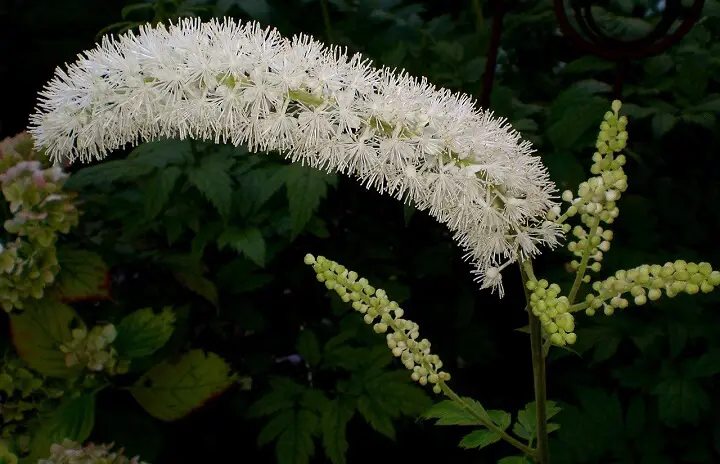
Black cohosh can be started from seed but grows best when grown from divided rhizomes. It prefers rich soils and shady to partly shady locations. It will grow well in damp and even poor-draining soil. It grows anywhere from five to eight feet tall.
3. Catnip
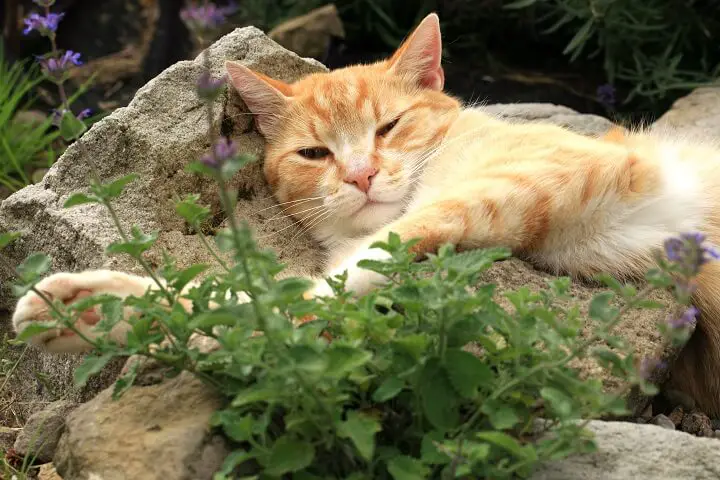
To grow catnip, you’ll want to soak the seeds overnight. Under ideal conditions, the seeds will germinate in about two weeks. You can also grow catnip from transplants. You can cut the entire plant back after its first bloom and it will regrow for a second harvest.
Keep in mind that catnip is a naturalized and invasive species. Take care where you plant it because it could overtake your entire garden or flowerbed.
4. False Solomon’s Seal
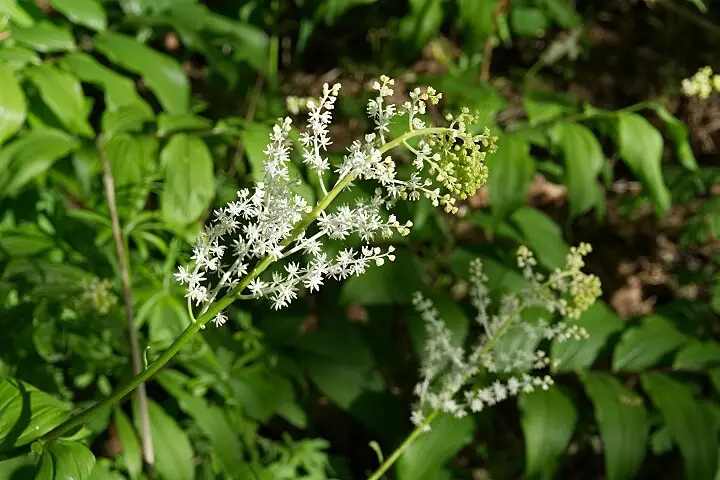
False Solomon’s Seal is a woodland plant that grows best in rich, acidic, and moist soils. Seeds can be planted in the fall or cold stratified in your refrigerator for a month before planting in spring. This plant will grow easily by division and prefers shade.
5. False Unicorn
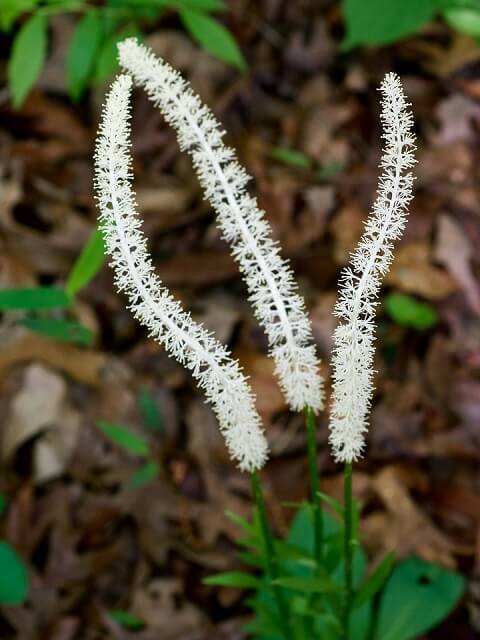
False unicorn can be grown from seed but will become established more quickly when grown from a rhizome. Rhizomes can be divided in fall or even early spring. This perennial grows best in moist, acidic soil in full to part shade.
6. Feverfew

Feverfew can be started inside and transplanted into the garden when the plants are about three inches tall. If feverfew is grown inside or in very shady areas, it may get leggy, but it will still provide the same benefits.
7. Ginseng
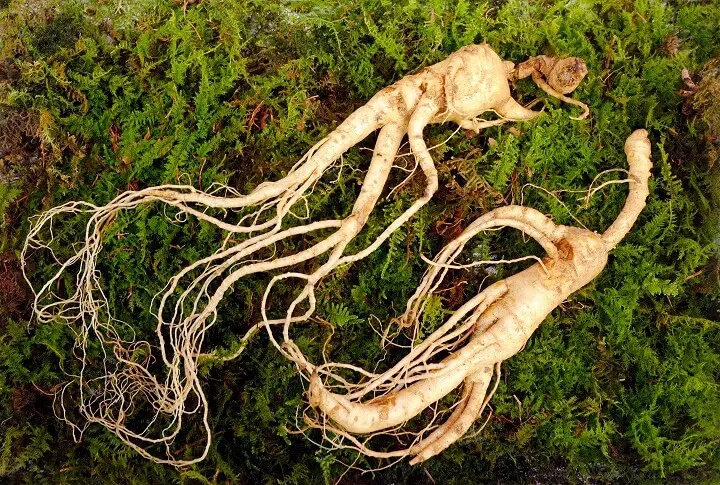
Ginseng prefers to grow in the shade and will do well underneath trees. It prefers moist, well-draining soil. You may want to plant your ginseng seeds in the fall for spring growth. However, it grows best from roots. It can take five years or more for ginseng to grow into a usable size.
8. Goldenseal
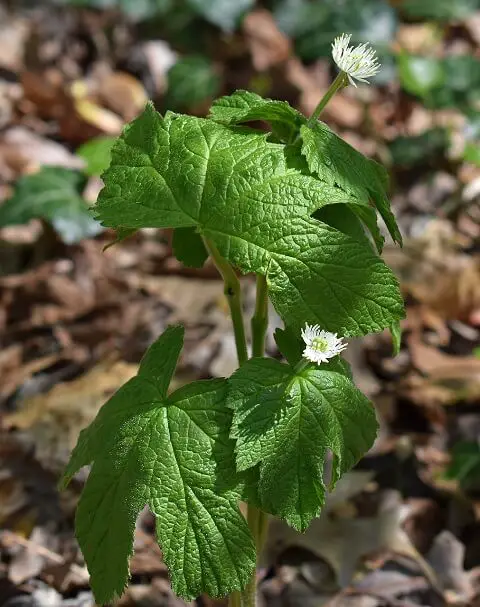
To grow goldenseal, select a spot with at least 75 percent shade. Goldenseal needs good drainage to grow. It grows best from rhizomatic roots, which should be planted about an inch deep. Goldenseal berries are not edible.
9. Lemon Balm
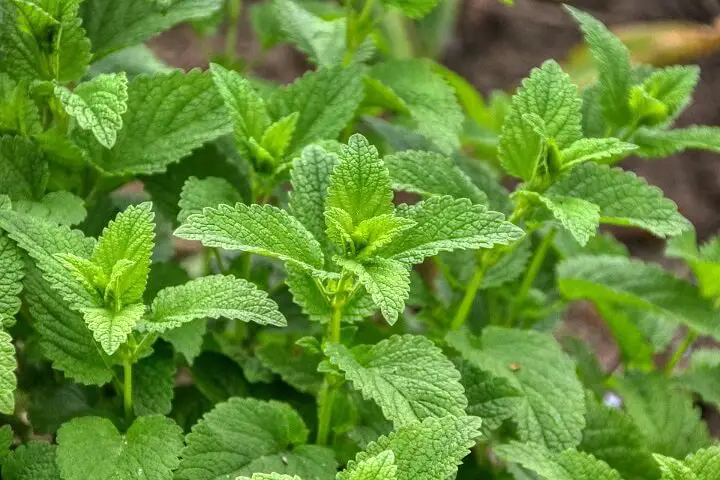
Lemon balm prefers to grow in at least part shade. Its inconspicuous flowers will self-seed, but it is not invasive. You can cut your lemon balm plant back several times throughout the growing season.
10. Meadowsweet
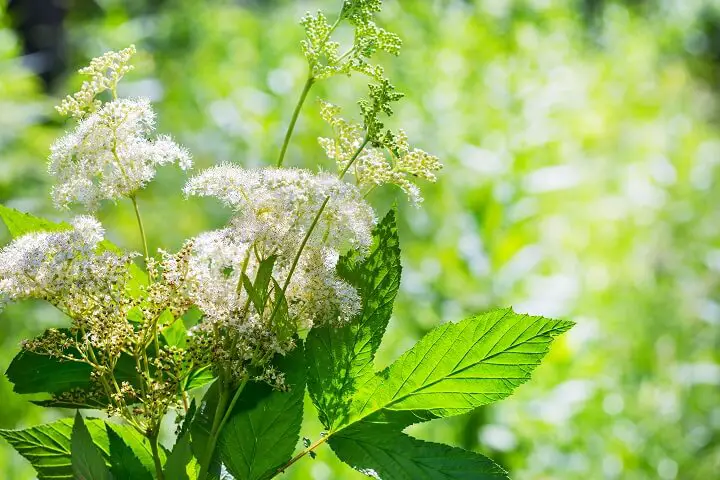
Meadowsweet prefers to grow in partial shade with well-draining, moist soil. It will grow easily from seed, but transplants easily as well. In addition to its medicinal benefits, it looks pretty as the back border of an ornamental garden.
11. Oregon Grape
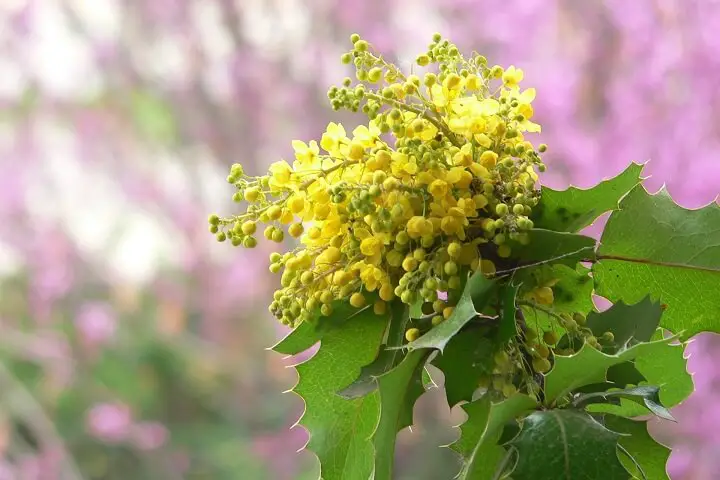
Oregon grapes grow best in partial shade and slightly acidic soil. It will spread easily and grow from suckers, so pruning will help keep it under control. Its evergreen leaves will turn a reddish color in the fall, and in the spring it grows yellow flowers.
12. Peppermint
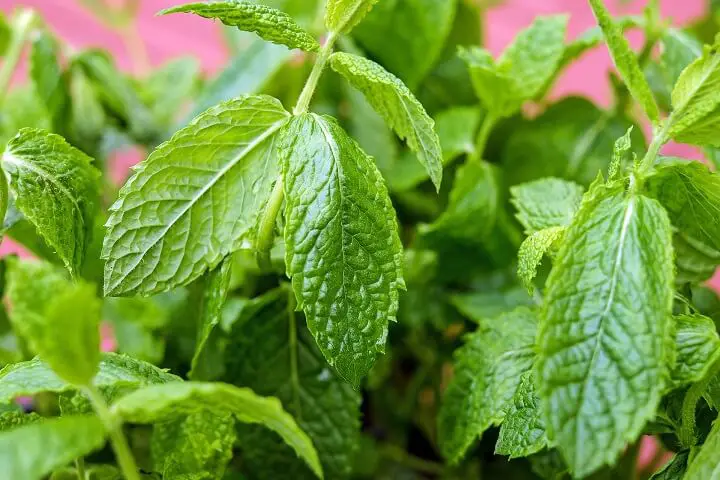
The best way to grow mint is to ask a neighbor for a clump from their garden. It will grow as a small bushy plant at first and then will spread rapidly through underground runners. Care should be taken to prevent it from taking over your garden or yard. Mint grows rapidly in full sun and part shade, however, variegated mint needs more protection from direct sun.
13. Trillium
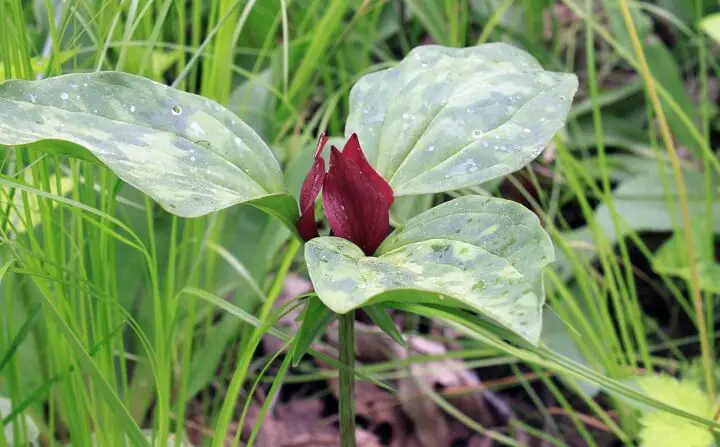
Trilliums grow best in rich soil in part shade. However, the warmer the climate, the more shade they will need. Once established, trilliums are hardy and will not need much supplemental watering if grown in woody areas. You can plant rhizomes in early spring.
14. Valerian

This cold-hardy perennial will die back every winter but will regrow from the roots each spring. To grow valerian root, you can direct sow the seeds as soon as all danger of frost is past, or you can start them indoors several weeks before this date. It will grow easily in a range of conditions, but it does prefer to be kept moist.
Consider mulching your valerian plants or watering frequently. Valerian self-seeds very easily, so you may need to control its spread, clipping off flower heads before they go to seed.
15. Wild Ginger
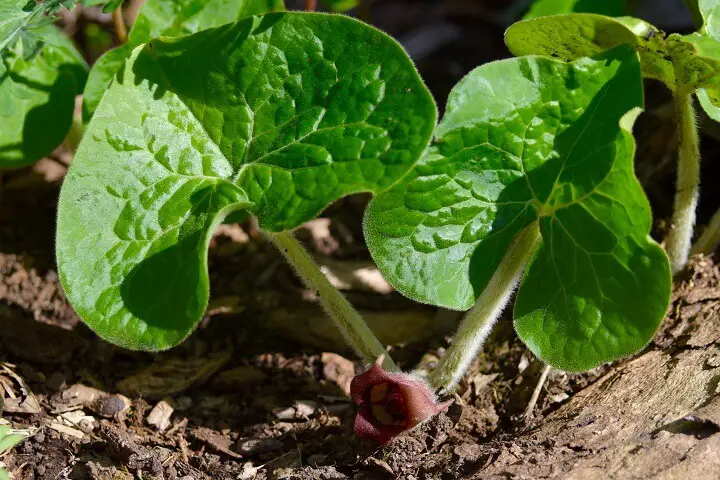
Wild ginger is slower to get established, but once it is established, will spread readily. It is low growing with striking foliage and hidden flowers. It needs rich, moist, and well-draining soil. It can tolerate a little morning sun but prefer moderate to deep shade.
16. Wild Yam

Wild yam is easy to grow once established. It prefers filtered light and rich soil. Wild yam is difficult to grow from seed and will take up to 4 years to mature. However, it grows easily from rhizomes or fall cuttings.
17. Wood Betony
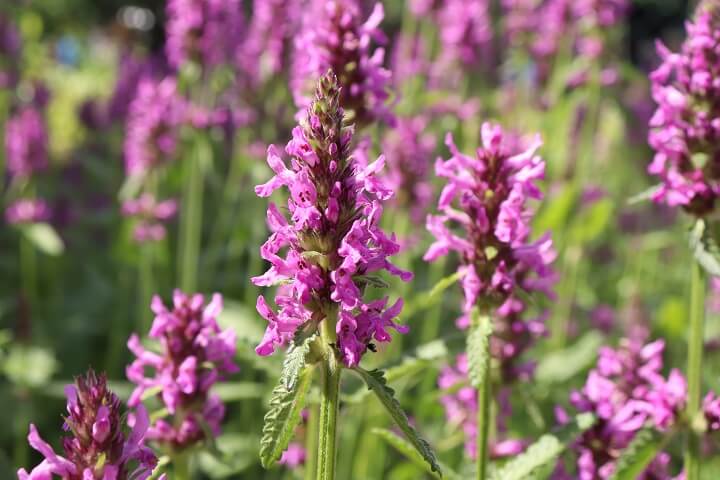
Although wood betony is highly adaptable, it does prefer partial shade and rich, moist, well-draining soil. It can flower and fill in most shady areas, although it will grow more slowly in the shade than in full sun. It can be propagated by seed, cutting, and division.
Like this post? Don’t Forget to Pin It On Pinterest!
[ad_2]
Source link
Get more stuff like this
in your inbox
Don't Be Left Unprepared
Thank you for subscribing.
Something went wrong.



